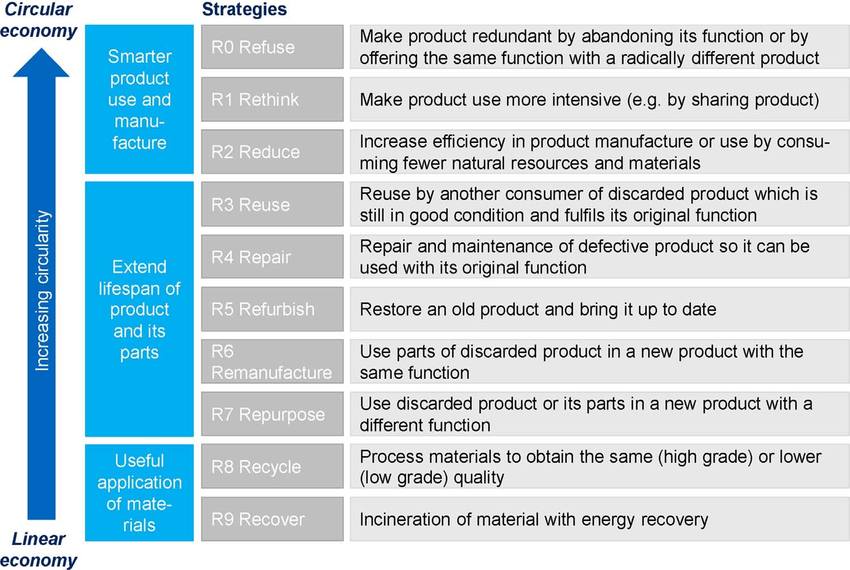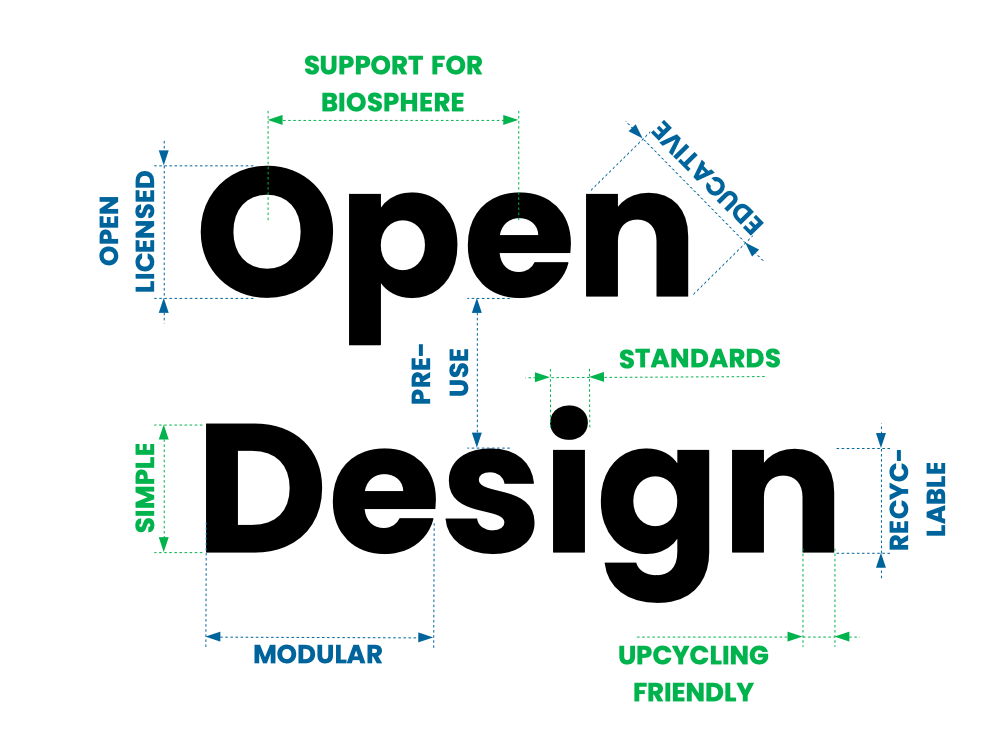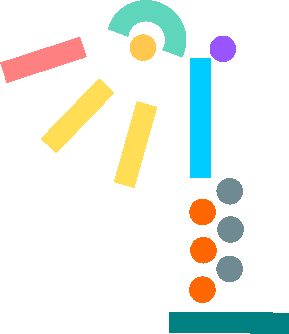Log
- Berlin & online, November 2022
Link
opencircularity.info/ideenfest
[ o°]
Hi,
I am Lars Zimmermann. I design, research, teach and campaign for circular design and the circular economy. I run a design studio for circular design called Mifactori.
*
1 Overview
Today I’ll introduce you to circularity and show a couple of projects I work(ed) on for illustration. The goal is to inspire you for your own projects. I’ll show you problems and opportunities for your work as business and product developers.
I’ll tackle questions like:
-
- Why is circularity good for sustainability?
- How to make circularity more likely to happen?
- How can you use it to strengthen local economies?
- How does it create resilience – allows us for example to deal with the challenges of climate change? (Climate change means business.)
*
What is Circular Economy?
*
from
Take → Make → Waste
to
Take → Re⟲Make →Waste
*
Circularity is a tool that can be used for sustainability. At its core, it is about practices that deal with the extraction of resources and the use and production of products. The goal is to use the resources we already extracted much longer and therefore reduce the pressure on the environment to supply us with new virgin materials. Also to secure wealth and supply.
These practices can be summarised with the 9-R framework. I’ll go through it quickly and give you a lot of examples. For each step let’s think at least through using the example of a suitcase.
*
*
Examples:
Refuse: Suitcase: don’t take luggage, wear your clothes longer or wash. | More: Plastic straws removal. Replace bottles with a water cooler or tab water.
Rethink: Suitcase: Put your clothes under your jacket. Self cleaning clothes?| More: Rent tools at the hardware store instead of buying them. Use walls of town houses as vertical farms. Don’t throw away banana peels but turn it into banana leather. | Mifactori projects: Hofgemüse Berlin, Forst & Kalorie, City Hacking, Greenhouse Truck, Wurmschutzgebiet: WS with kids
Reduce: Suitcase: An elastic net instead of a plastic or metal case? | More: Don’t use different types of plastic in a bottle go for mono material instead.
–
ReUse: Suitcase: Buy it second hand. | More: Buy a stroller second hand. Mifactori projects enabling reuse with multi-use! Engel, Brio Lamp, LEGO nodes
Repair: Suitcase: Fix a broken wheel. | More: Repair the wheels of a stroller and make a new cover from left over materials.
Refurbish: Suitcase: Put wheels under it or implant an RFID chip. | More: Update the software on your machine. Add a new port to your device. Or get adapters.
Remanufacture: Suitcase: Collecting old backpacks and polishing them up, replace wheels, fresh paint, tighten connections. | More: Two broken tanks turned into one that works. / Take out the motor of a lawn mower where the casing is broken and put it into a new one.
Repurpose: Suitcase: Case as drawers. | More: Take the lawn mower motor and put it into an electric wheelchair. | Mifactori: election poster planter, Lattenroststuhl, Volker (difference to the other projects: not reversable not muli-use)
–
Recycle: Suitcase: Everything from aluminium? Recycling is easy. | More: The casing of a lawn mower is well recyclable (metal) or downcyclable (plastic to shred and use as infill) | Mifactori project: fully recyclable backpack
Recover: Suitcase: Burn it. | If you the casing of the lawn mower is not designed for recycling you can still burn it.
*
This raises a big question:
*
Who carries out these practices?
These practices need to be supported/enabled by
- The design of a product. Example: screws over glues for repair. Multi-use built in.
- The IP situation of products. Example: is it possible to make spare parts?
- Transparency. Example: Is there information available about the materials used for recycling? Do I know the specifications to make a spare parts?
- The infrastructure in an economy. Example: is there a collection system/are there channels for broken devices? Are there workshops around that can do repair and refurbishment for example? Do you sort waste?
- The mindset of people. Example: are people ready for it? Do they collect? Do they accept repaired goods? Do they enjoy reuse?
- The legislation. Example: Is it allowed to use materials from old buildings? Do we have laws that prohibit each manufacturer from developing its own connector – that enforce compatibility? Laws that make recycling easier for example by rewarding the certain design and material choices with reduced taxes? +++
This is a very very complex problem. (Especially for complex developed societies. Replacing a system – that seems to work – is much harder than building something new.) It needs many answers. But there is a guiding principle that makes a lot of things easier at once: Openness!
Circularity is a big hurdle. Openness is a technique to jump over it:
*
Open Design
*
*
Open Design is a collection of principles and practices that want to involve more people in the making and remaking of design. It enables stronger networks for collaboration. This happens through:
-
- simple design, easy to understand and make
- the use of ready made standard parts and tools
- available documentation
- open licenses
All of this lowers the hurdles to participate in circularity and therefore brings in more people.
This can be a bit abstract! Let me show you an example I work on which implements many of these things: Treegrid.
*
Treegrid: Products made from open multi-use parts
*
And climate change?
Climate change will put a lot of pressure on our infrastructure. Extreme weather might destroy cities. Constant rebuilding might be necessary? Where to source the materials for this`?
Which street light is really smart?
The „smart city“ with street lights that are technically sophisticated and networked? Or the city with open documented, accessible, easy to understand street lights? When a storm hits the city infrastructure – which lamps are easier to repair locally? When the coastline moves – which lamps are easier to dismantle, take away and put up in another region? Openness helps us to adapt!
*
Success?
If you chose to work on sustainability or circularity – will this increase the chance for you to become (financially) successful?
Unclear.
There is not much pull. But the more people work in this field nethertheless the more likely this might become.
Build the world you want to live in.
*
Thx & Social Media
Thank you
If you liked this pls. open up a channel to your attention. We are: @Mifactori on Twitter, Instagram, LinkedIn, YouTube & TikTok
And here is our Newsletter.


